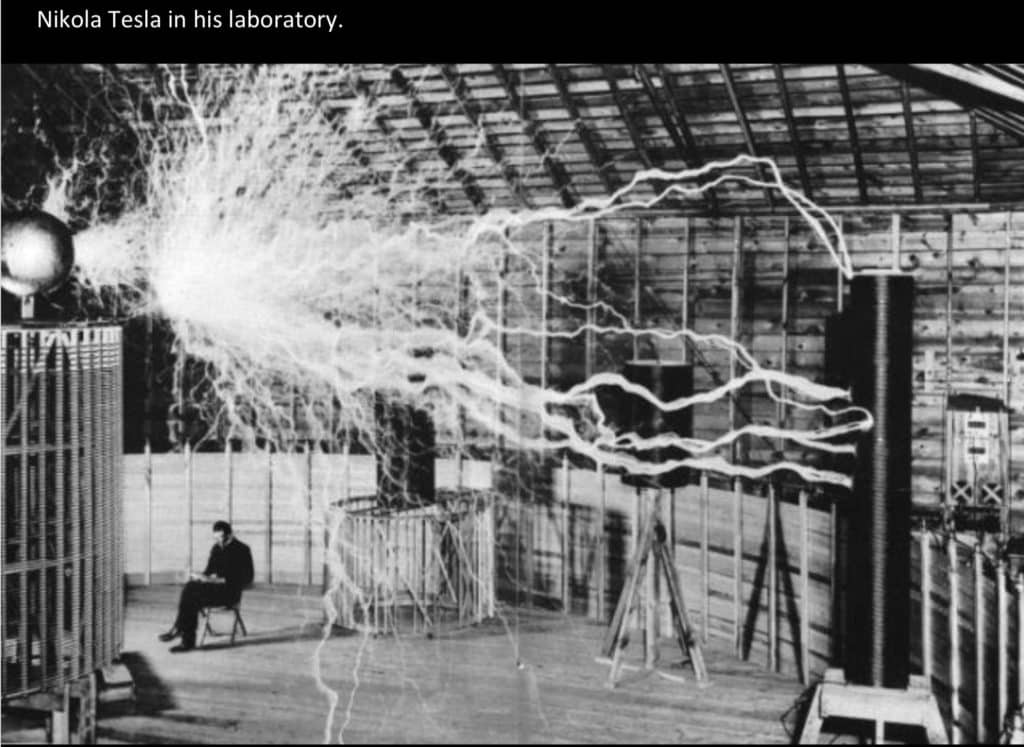
Francis Galton, who conceptualized the idea of intelligence, asserted that genius could not be attributed to intelligence alone. He attributed genius to “the concrete triple event, of ability combined with zeal and with capacity for hard labour.”
In 1978, Joseph Renzulli, building on this idea, introduced what is known as his “three-ring” definition of giftedness. (See See Renzulli, J.S. 1978. “What Makes Giftedness? Reexamining a Definition.” Phi Delta Kappan, 60(3), 180-184, 261.) He argued that gifted behavior is manifest when 3 components: above average ability, extraordinary task commitment, and exceptional creativity are in play. Gifted behavior, as the intersection of the three components, is displayed in the Venn diagram below.
Through the lens of the Renzulli model of giftedness, we can distinguish between high IQ and genius. The former, i.e., high IQ, is a measure of fluid intelligence and resides in the circle labeled “above average ability.” It pervades all areas of learning. The latter, i.e., creativity, is measurable only through achievement and is domain-specific. That is why we cannot compare the creativity of Albert Einstein with the creativity of Nikola Tesla, although we can identify them both as geniuses based on their creations.
Identifying geniuses in the social sciences, humanities and the arts is even more difficult than in the natural sciences, because the evidence is less objective. Identifying a philosopher, historian, or musical composer as a genius is generally subjective and consequently, seldom universal. Publishing articles in refereed research journals is the prevailing method for establishing a reputation, but in academic disciplines where opinion plays a role, “top-dog” status is usually obtained by consensus, and the consensus is seldom unanimous, especially while the scholar is living.
In his book Human Accomplishment, Charles Murray ranked those of highest eminence in fields where objective measures are rare. In this treatise, he counted citations, i.e., the number of references or citations received by a particular author or artist in published documents. Using this rubric, William Shakespeare, Wolfgang Mozart and Vincent van Gogh would be identified as “geniuses.”
The major defining characteristic of a genius is someone who creates a new paradigm, that changes dramatically the way humans see or experience their world. Isaac Newton, Albert Einstein, Nikola Tesla, Ludwig von Beethoven and Vincent van Gogh, replaced what we previously believed or experienced with a new vision. This is what philosopher Arnold Schopenhauer meant in his famous quote, “Talent hits a target no one else can hit; genius hits a target no one else can see.”
So, while all geniuses reside in the intersection set of the Venn diagram above, they have different levels of IQ and creativity combined with a very high level of task commitment. So one genius may have an extremely high creativity and an IQ of 130, while another genius may have less creativity but an IQ of 160 or more.
